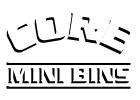Blog
Tips on How to Have an Eco-Friendly Christmas with Recycling Strategies and More!

On the subject of the holidays, there’s generally two themes every family deals with – gift buying and consumption. Money’s going out and ‘stuff’ is coming in. Unfortunately, this creates a lot of waste in cardboard boxes, ornaments, wrapping paper and gift bags, excess food, packaging, and more.
Companies in waste management and disposal are put on high alert come the holidays, as we know full-well that there’s going to be a big uptick in waste the week following Christmas. Households and businesses can do more to minimize their waste without affecting the quality or atmosphere of their Christmas. We’ve chosen to give a quick account of some of the easier, simpler steps to take at caring for the environment and having an eco-friendly Christmas this year.
Shop locally
eCommerce has quite the pull and while buying gifts via online shopping can be tempting, shopping locally is much more eco-friendly. That’s because shopping online requires a lot more packaging and transportation, meaning more greenhouse gases and more waste in general. Seeking out local stores and gifts from places like vintage shops or thrift stores is where to go.
What’s the environmental impact of your Christmas gifts?
Consider the environment when purchasing Christmas and holiday gifts for family and friends. Buying products made from sustainable materials, choosing reusable products rather than single-use, and even doing something like picking up an e-reader instead of a collection of books all have a positive environmental impact.
Read more: Tips on How to Have an Eco-Friendly Christmas with Recycling Strategies and More!
Does Recycling Create Jobs or Save Money – See How Landfills are Wasting our Money!
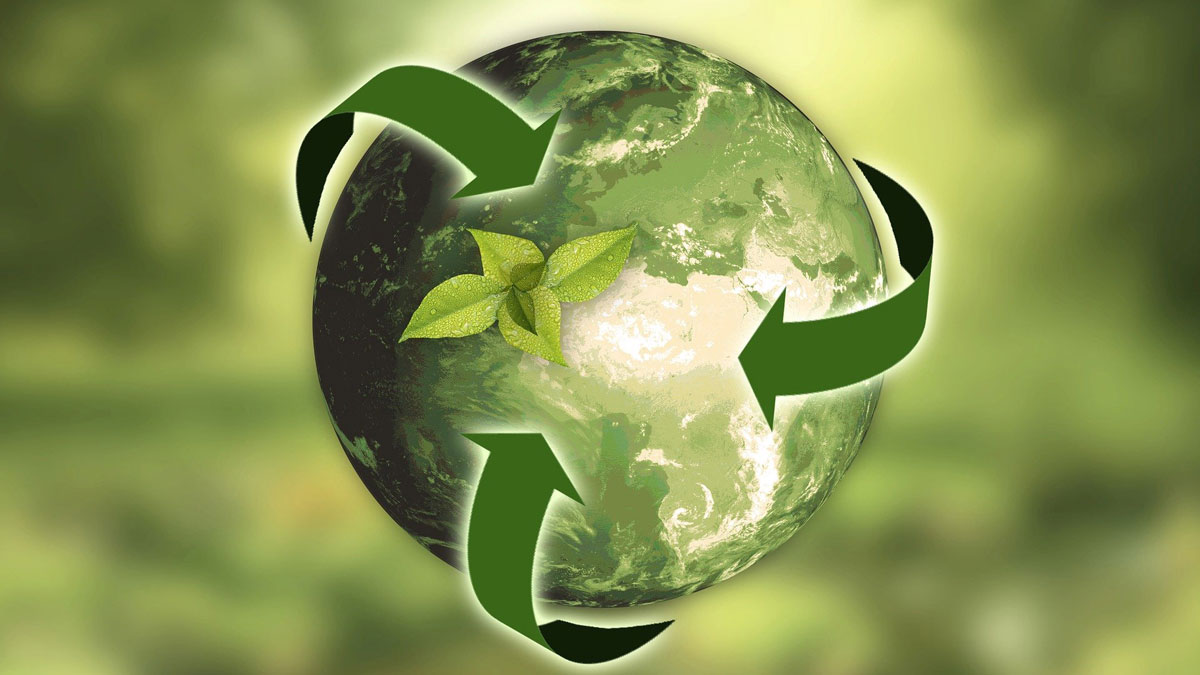
It’s absolutely mindboggling how much money Canada throws away every year in its waste management systems. There are a decent number of items put into our landfills which can be exchanged for money, worth a great deal to the rapidly advancing recycling industry.
A huge criticism of the environmental, climate change, and recycling movements has been it negatively impacts jobs or is anti-business. This isn’t exactly accurate to the reality of waste management however. The more we put into our landfills, the less money we save. The space in our landfills is very valuable. As you’ll find in the following sections, the truth about recycling in Canada is that it’s creating jobs and saving money – and it can continue to do that, if we let it.
Are you sure that recycling creates jobs?
Consider the recycling industry as a sort of underdeveloped category of waste management. After all, that’s pretty much what it is. In the last decade, as we’ve seen it develop, we have acquired verifiable evidence that recycling’s been creating jobs and will continue to. On average, recycling creates at least 9 times more jobs than our current landfills and incinerators have. This is due to all the sorting and processing, sale, reuse, and remanufacturing that any recycling brings with it.
Read more: Does Recycling Create Jobs or Save Money – See How Landfills are Wasting our Money!
What Are the Worst Single Use Waste Products We Could Reduce or Ban in Canada – see here!

Single use waste might be one of the most obvious threats to eco-friendly waste management and recycling strategies in Canada. ‘Single use’ is defined as any product that is used once and then disregarded as waste, with no value to the product. There are a number of single use materials provided to consumers that continue to damage our environment.
Green cities like Toronto have been in discussion about banning certain single use items and corporations like grocery stores continue to play their part in reducing the presence of single use materials. Are we doing enough though – with alternatives readily available, many environmentalists would say no.
Plastic straws
Plastic straws aren’t accepted in municipal recycling programs. In Canada, roughly 57 million straws are used every day. This single-use plastic is unnecessary. These days, you can be paper straws which are more eco-friendly than their plastic counterpart. Alternatively, there are also reusable straws you can enjoy whenever you like.
Read more: What Are the Worst Single Use Waste Products We Could Reduce or Ban in Canada – see here!
If Canada Really Wants to Fight Climate Change, Creating a Circular Economy is a Start
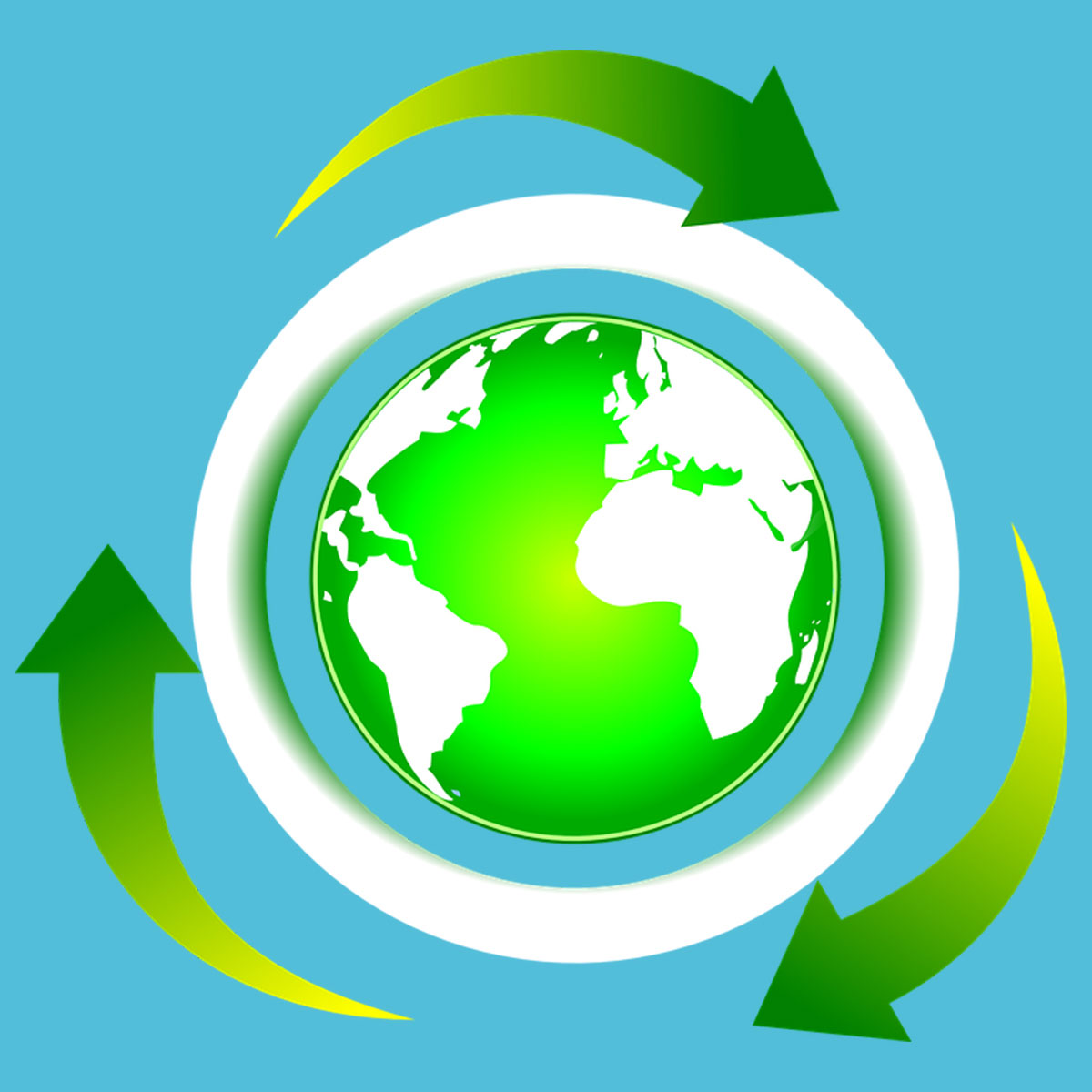
There’s been a lot of talk in Canada about climate change. How to fight it seemingly isn’t something we can agree on as a country however we are all on the same page that climate change is happening.
The model we currently have in Canada for how we make and dispose of waste is inefficient. We’re heading for what could be a waste management disaster years from now as we stand likely to overwhelm ourselves with plastics and toxic materials. From an ecological, business, environmental, and financial perspective, if Canada wants to fight climate change, a circular economy is a winning strategy.
What is a circular economy?
A circular economy is a waste management and resource circulation approach that focuses on using materials which can be recovered, recycled, and reused. For example, a Coca-Cola aluminum can be purchased and then, recovered to be recycled and used again and again. Circular in its disposal, this minimizes what’s sent to our landfills. An economy like this reduces output into a landfill to near zero, saving valuable space.
Read more: If Canada Really Wants to Fight Climate Change, Creating a Circular Economy is a Start
Who is Getting Rich from Our Tech, Electronic Waste – E-Waste in Canada
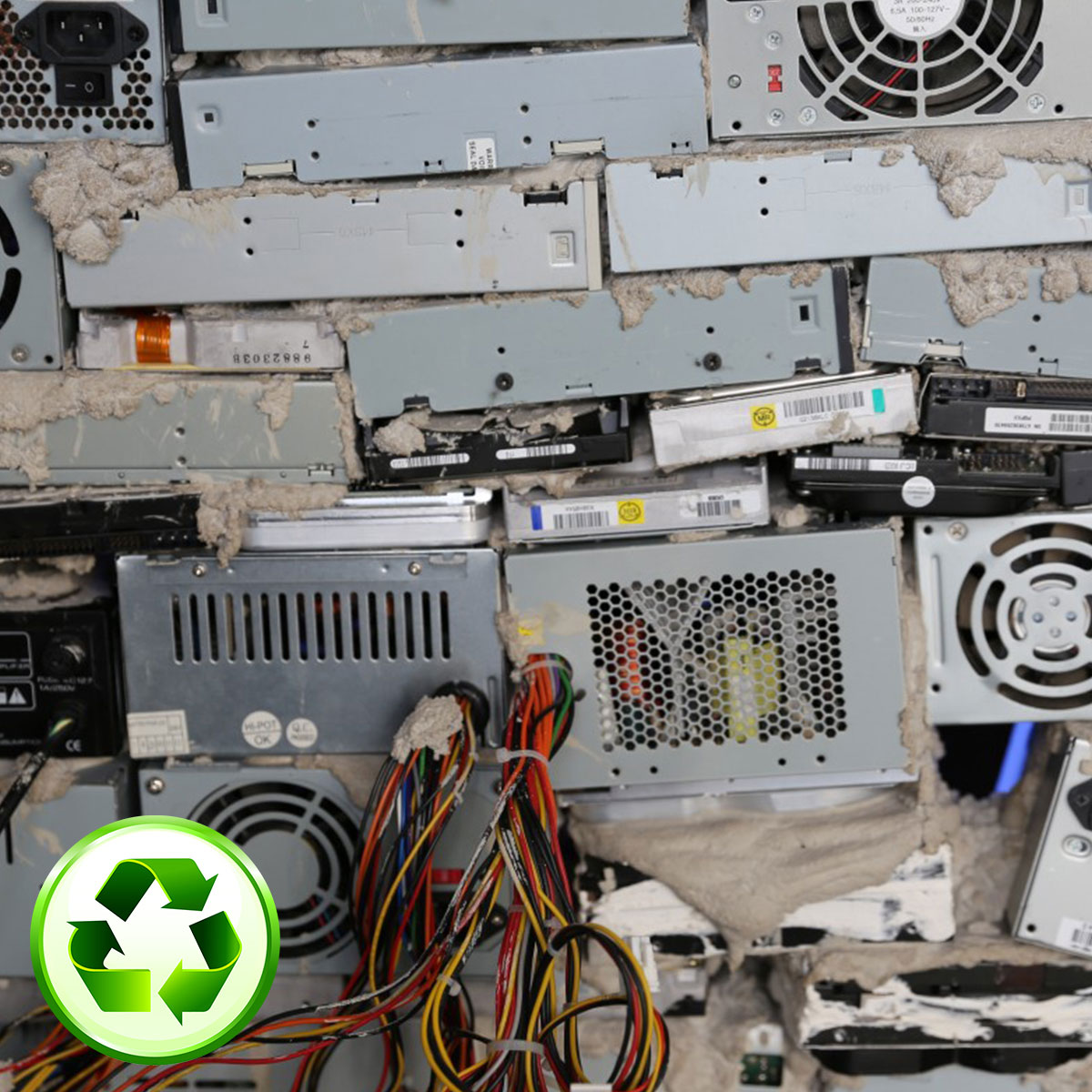
Electronic waste has so much useful material included in the designs of the many devices that comprise it. Glass, plastic, and an assortment of high-value metals exist here, usually given to landfills unfortunately.
Only recently have we in Canada come to the conclusion that there may be some value in recycling our electronic waste. There’s no reason for our devices to end up in a landfill. The electronics supply is sizeable, with more than 2 billion new smartphone being sold worldwide. Combined with other devices, there’s so much recycling potential. Among the metals in them, there’s even some gold. Here’s a little bit more about the electronics waste industry and who’s getting rich from e-waste in Canada.
How do we recycle electronic waste in Canada?
E-waste in Canada is usually incinerated, when recycled, to procure the metals inside these devices. Roughly 90 percent of Canada’s electronic waste is burned. Then harsh, dangerous chemicals are used to separate and extract the gold, silver, copper, aluminum, copper, and platinum. Chemicals are needed because as everything’s incinerated, the metals unfortunately lump together.
Read more: Who is Getting Rich from Our Tech, Electronic Waste – E-Waste in Canada
Demolition Debris Means Selecting the Right Dumpster for Waste Removal
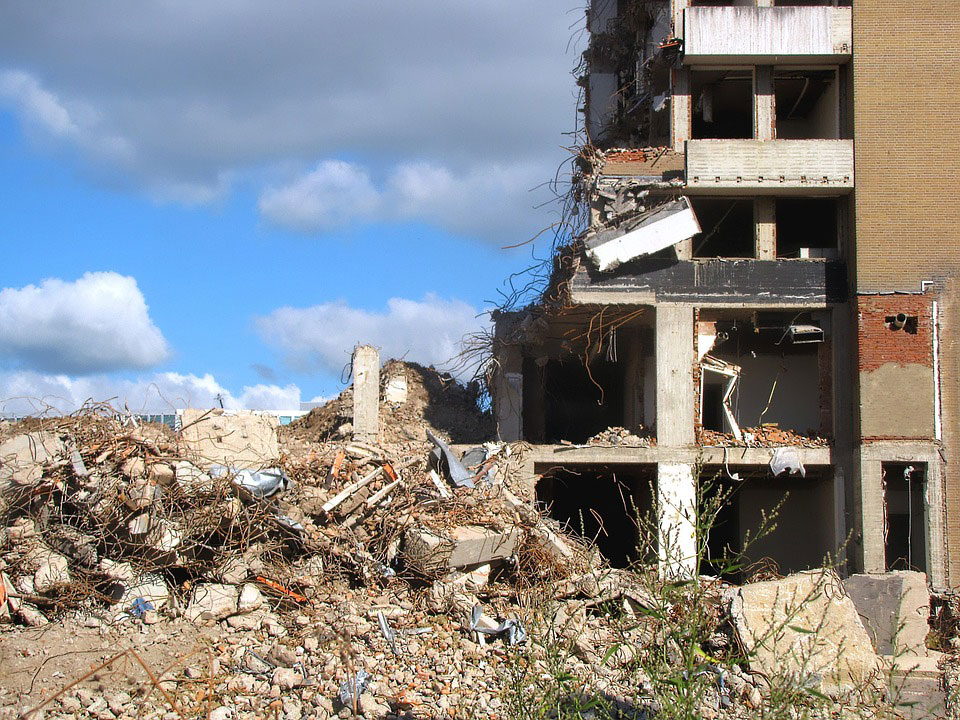
Fitting in a construction or demolition project before the winter sets in, you need a dumpster to move out all that waste you’re about to create. It’s not a bad time of year for it either. The hot weather’s passed and the temperature’s just right to get a demolition done.
Demolitions don’t just mean pulling down a building or something like that. It could be as simple as replacing a roof or pulling down your shed in the backyard. Whatever the project is, you evidently will need a dumpster to safely collect and then remove the materials you no longer want. The right dumpster for demolition debris can mean many things and it’s important to recognize what’s the best size for you.
What type of demolition debris are you making?
You need to know the type of debris is accepted by your dumpster rental company. This is as important as anything. Note the type of material you are tearing down. This will affect how a dumpster rental service disposes of it and may come with increased cost. It could also increase weight which means additional fees. Some materials, such as concrete, may be required a separate dumpster. Be honest with your dumpster rental service prior to committing to a rental, about what your demolition debris is.
Read more: Demolition Debris Means Selecting the Right Dumpster for Waste Removal
What Are Recycled Plastic Pellets Actually Used For – See the List of What Happens
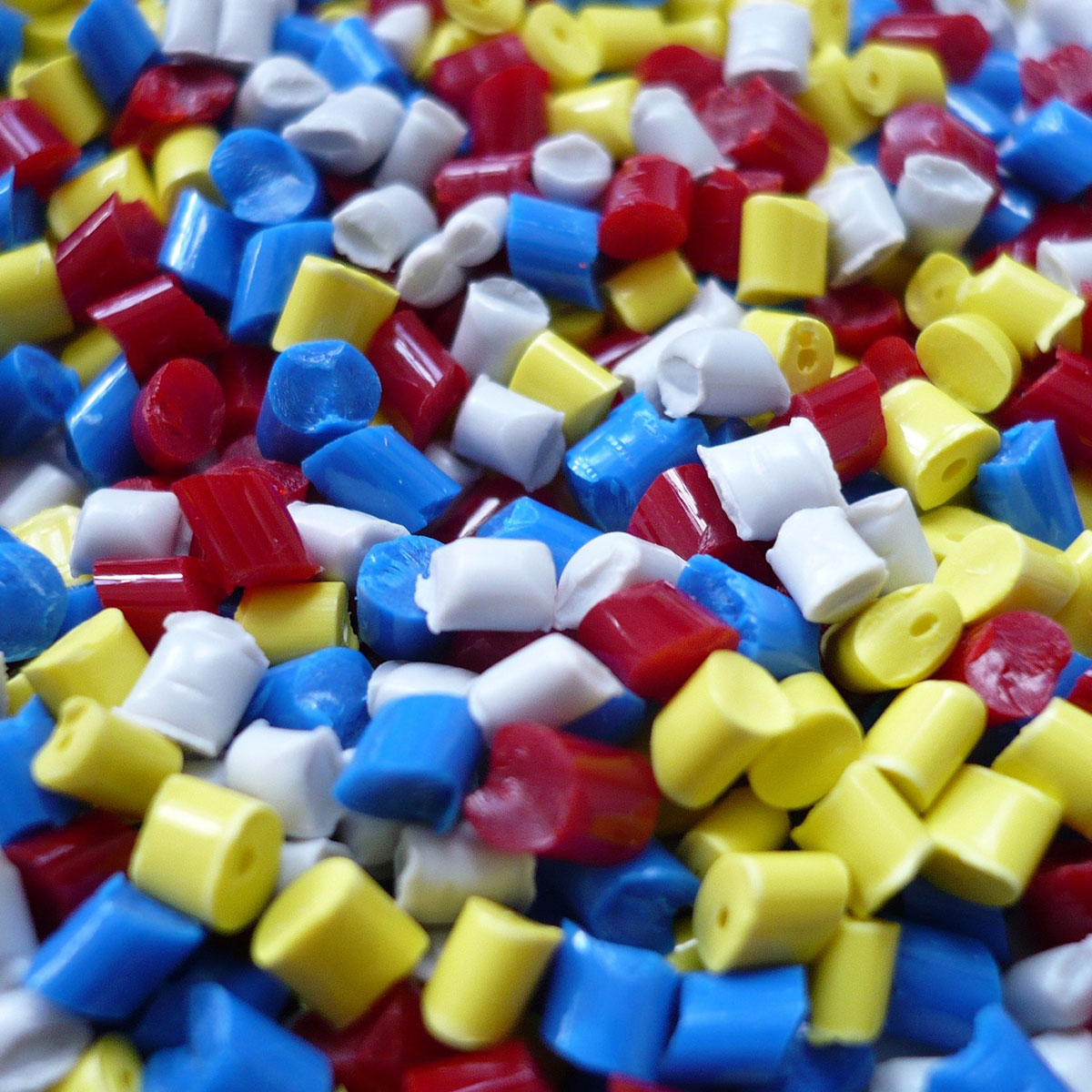
Human population growth has never been higher, and the complex environmental problems caused by this are starting to take effect. Plastics make up a significant fraction of solid waste production worldwide. These plastics are most often recycled by producing intermediary pellets for further processing. Plastic has largely replaced cardboard and glass, in almost all industries. The sheer volume of plastics produced each year makes plastic recycling one of the highest priorities in environmental management. Plastic pellets provide a standardized recycled plastics.
What is plastic recycling?
Plastic recycling refers to any method of recovering waste or scrap plastic out of otherwise wasted waste streams. The overwhelming majority of plastics are non-biodegradable. This means that any plastics that do work their way into landfills will remain there for time on the scale of thousands of years. Much plastic works its way into the ocean through various routes. It’s estimated that nearly 8 million tons of plastic is added to the ocean every year. This plastic can be ingested by a variety of marine animals, often leading to their death. Recycling helps reduce plastic in the ocean.
Why make plastic pellets?
Pelletizing plastic is one of the most common methods of implementing a standardized and efficient plastic recycling process. Recycling operations can be unwieldy and complex. There are many stages of sorting that are required. Getting the plastic from waste to a feedstock for new production is a major challenge. Most production requires plastic to be of a uniform composition and size to be used as a feedstock. Producing pellets from waste plastic provides this. Note that rather than each factory having to handle raw plastics, it’s a single facility produces the pellets and sells them.
Read more: What Are Recycled Plastic Pellets Actually Used For – See the List of What Happens
How Do Canadian Farms Recycle and Dispose of Waste – An Honest Look at Farm Waste
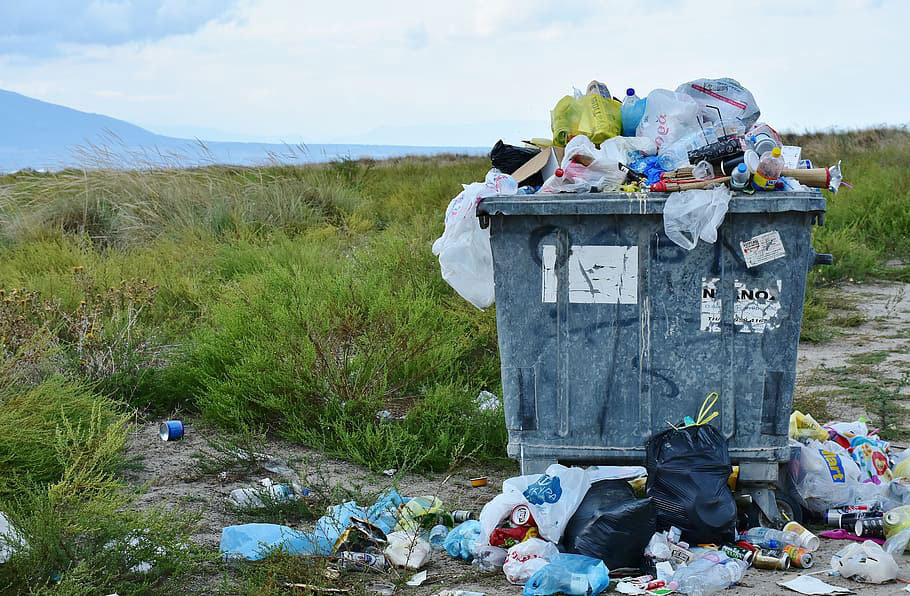
Canadian farms and agriculture farming in general generates a number of waste products seemingly daily. Things like empty pesticide containers, oil filters, containers, used tires, used equipment, and more.
In an era where consumers are more closely encouraging the corporations they buy from to responsibly recycle or handle the materials they are manufacturing or selling, farmers are sort of caught in between. Farmers produce a lot of waste and unlike corporations, they don’t have resources to carry out eco-friendly recycling or waste processing on farms in every case.
Avoid burning waste
For decades, farmers will remove waste products and either burn them or turn them over to a landfill. By focusing on how we can maximize the potential of farm waste products in Canada, landfill reductions can be made, materials that have been traditionally viewed as waste can potentially by remade into valuable products, and hazardous materials can be safely handled. Regardless, it’s important to note that one should avoid burning waste by all means. In fact, burning some waste products can violate certain environmental or waste legislation.
Read more: How Do Canadian Farms Recycle and Dispose of Waste – An Honest Look at Farm Waste
Pros and Cons of a Dumpster Rental or Junk Removal – Learn Which One You Need
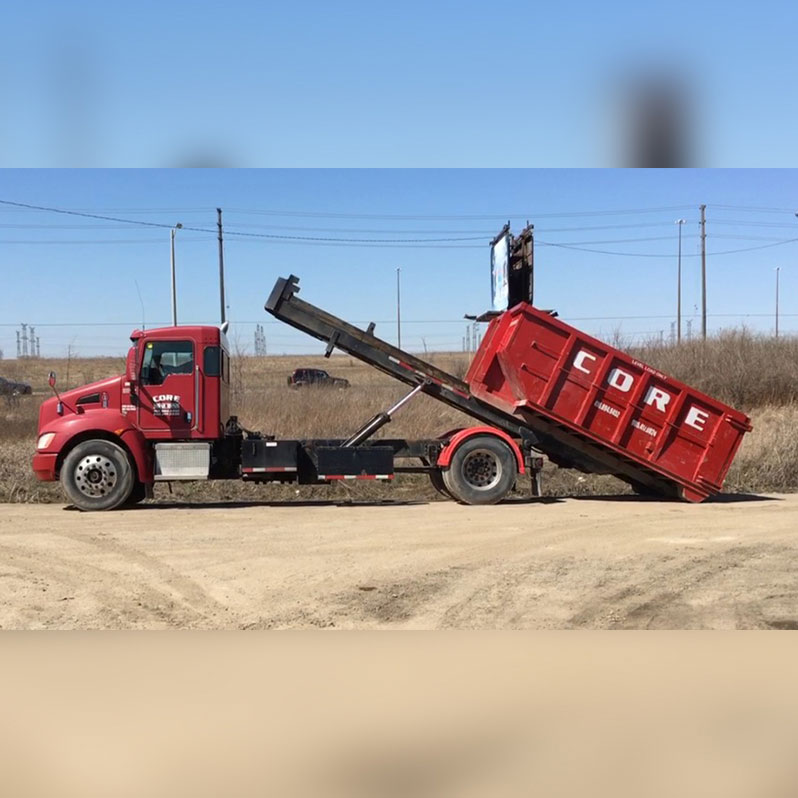
Cheap dumpster rentals and cheap junk removal services, they’re out there. Haul garbage or waste materials away with ease. Especially in a city like Toronto, there are dozens of potential services to call. But which one is more appropriate for your needs – a dumpster rental and junk removal service both have their positives.
Let’s say, you’ve got a ton of stuff you need to get rid of this weekend. Are you going to call a Toronto junk removal company or rent a dumpster – this is a question most people wouldn’t necessarily know how to answer. Outlining the pros and cons of each, we hope to give some insight into the option you’d prefer.
Pro of a junk removal – It’s one call
You don’t have to arrange a drop-off for a dumpster, no need to fill it, and no problem with a pick-up. With a junk removal service in Toronto, you call once. Arrange a time and someone else gets to worry about everything else. You don’t need to coordinate anything or spend your day off sorting through things to toss away in a dumpster. You can say goodbye to your things, with a single phone call.
Con of a junk removal – It’s tough to book
In a city like Toronto, a lot of people are moving between condos at the end of the month and looking for junk removal. This is peak time for junk removal booking and trying to arrange for someone to drop by to pick up your belongings can mean having to wait. In fact, during peak summer season or early fall when students are moving, if you don’t book early, you may miss out on your chance to book a junk removal. If you’re considering this route, remember to call well ahead of time and see what times your junk removal contractor may have available to you.
Read more: Pros and Cons of a Dumpster Rental or Junk Removal – Learn Which One You Need
How Does Canada Recycle its Wooden Pallets – The Eco-Friendliness of the Pallet Industry
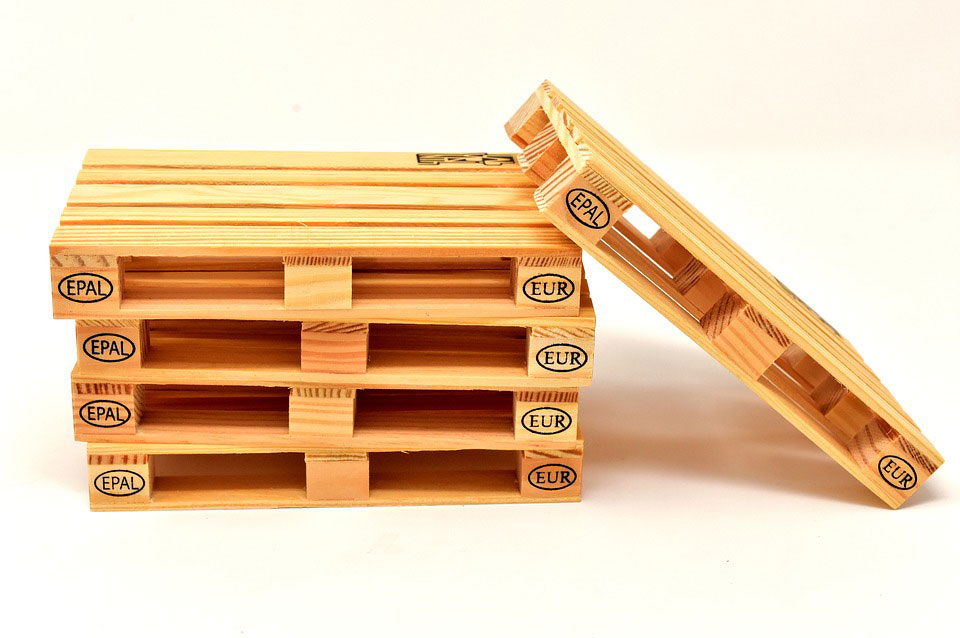
Canada’s wood pallet industry is one of the most eco-friendliest industrial categories of waste there is. Did you know that more than 95 percent of wooden pallets in Canada get reused or recycled – it’s true!
When a wooden pallet enters the recycling chain, roughly 30 percent of them are broken or require some sort of fixing, refurbishment, or otherwise. These are quick fixes thankfully.
The few wooden pallets that aren’t able to be fixed and/or reused can be made into wood chips then applied to be used in particle boards, paper, or livestock bedding.
The next time you buy a recycled paper product in Canada, you could be receiving a product created from wooden pallets. Here’s a little more about how wooden pallets are used in Canada and where they go when they’re recycled.
The challenges a lot of Canadian businesses face
Every industrial business or warehouse faces the same issue regarding wooden pallets. They’re needed to move product but they stack up quick. Before long, you have wooden pallets piling up across backrooms, by garbage bins or out by the dumpster, and taking up space in your storage area. These pallets can create a safety hazard at worst. At best, they’re remain frustratingly in the way.
Read more: How Does Canada Recycle its Wooden Pallets – The Eco-Friendliness of the Pallet Industry
How Do Canada’s Top Retailers Rate on Commitment to Eco-Friendly Waste Disposal and Recycling
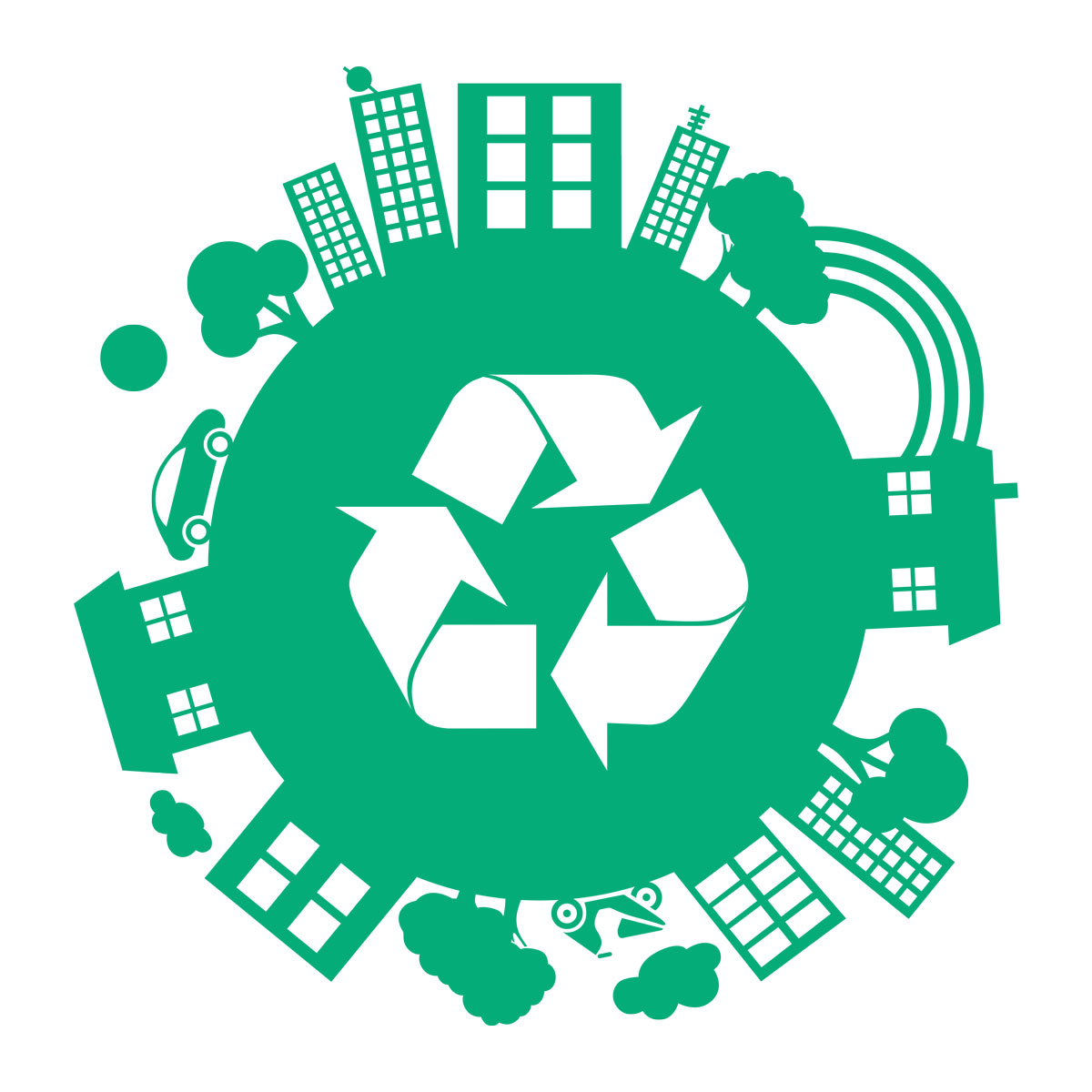
Corporations are jumping in, in a big way, willing to do their part in the eco-friendly waste management and recycling revolution. Helping the environment by recycling, brands like Walmart are making huge waves among retailers. Some corporations have even committed to zero waste in Canada by a certain date and they’re on line to achieve these numbers as well! Browsing some of our top corporations in retail and grocers, here’s where they rate.
Costco
Costco continues to grow in Canada, as more Canadians seek healthy food options at cheap, bulk pricing. The corporation currently maintains an average waste diversion rate of 71% on average. Costco is a little behind retailers like Walmart however they have maintained a commitment to searching out inefficiencies and increasing the eco-friendly nature of their operations. Costco recycling programs does a lot to collect food, donations, and more, and providing these to families in need, food banks, and similar poverty-driven programs.
Home Hardware
Home Hardware is Canada’s largest independent dealer-owned store for hardware, building materials, lumber, and furniture. They have committed to an 89% waste diversion rate by 2026. Home Hardware has extensive green policies on which employees are trained, have implemented a sustainability-first culture since 2014, and every year has grown closer to its goal. The corporation has done wonders at maximizing its recycling when it comes to paper towels, community garden products, lighting products, cardboard, and more. Alongside RONA, Home Hardware is very much a leader in the eco-friendly hardware retail space in Canada.
Why Are Coffee Cups so Problematic for Waste Disposal, Landfills, and Recycling
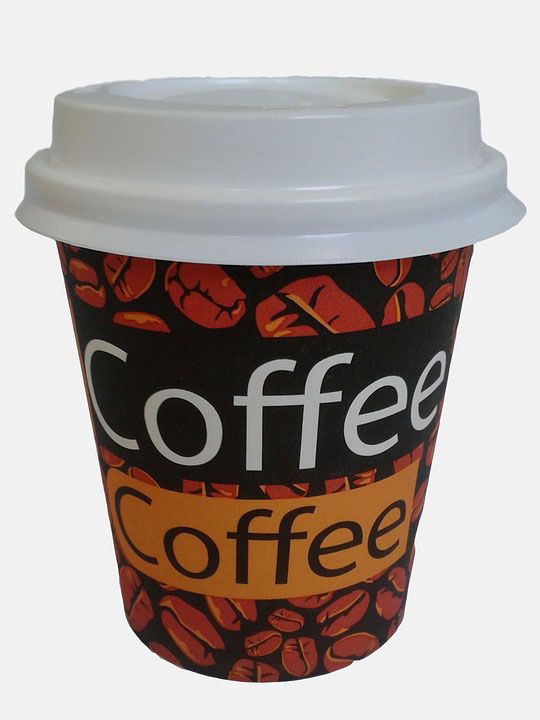
A morning coffee is the most important part of the morning routine of so many Canadians. In Canada alone, over fourteen billion cups of coffee are consumed every year. While most of this is at home, over a third is served up in single-use cups.
Just think about it. The coffee shop drive-thru on the way into work is the first stop for many. This creates a big problem, as the cups will surely end up adding strain to the waste disposal system. A coffee cup might seem small on its own, but they make up for it through sheer quantity. The cups present many unique challenges to even the best waste management systems.
A non-recyclable coffee cup is a big problem
A big part of the problem is that coffee cups are typically thrown out in one piece, despite being made of several different components. Coffee cup lids are almost always plastic, and they are often a type of plastic that can’t be easily recycled. This isn’t helped by the fact that few, if any, separate lids and put them into recycling when they can be. Cardboard is a common material for coffee cups today. It’s much easier to handle than the Styrofoam cups that are quickly falling out of style. Thankfully, cardboard is biodegradable, while Styrofoam takes essentially forever to break down.
Read more: Why Are Coffee Cups so Problematic for Waste Disposal, Landfills, and Recycling
Tips on How to Fill Your November and December with Holiday Recycling and Reducing
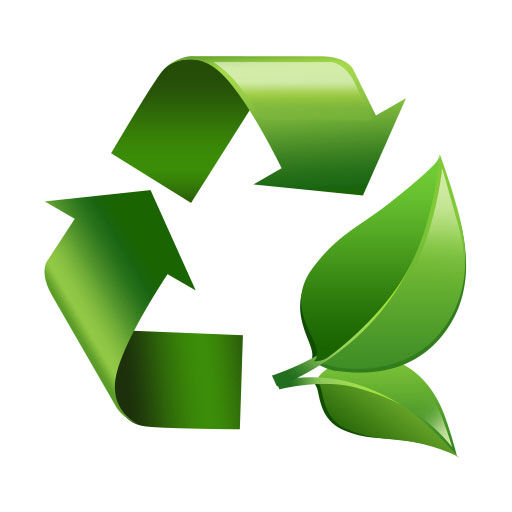
November and December are two of the busiest months of the year. They are loaded with holidays from many different cultures. During the hustle and bustle of the holiday season, many find it hard to find the time for environmental concerns.
The flurry of holiday functions often leads to some simple ways of reducing and recycling being overlooked. It also presents many opportunities for improvement. With just a little attention, the holidays can be a much less wasteful affair. Here are some great ways to incorporate environmental principles into any holiday routine.
An eco-friendly Christmas or holiday winter season
Christmas is likely one of the most celebrated winter holidays the world over. One of the most well-known Christmas traditions is, of course, the shining and shimmering Christmas tree. For decades now there has been a trend to move towards synthetic trees. This started with aluminum trees, which have been replaced today by plastic trees. At first glance this might seem like an environmentally friendly trend. These synthetic trees consume a lot of resources to make and will last for years and years once finally disposed. Real trees are biodegradable and grow back.
What about green holiday Christmas lights?
The warm glow of traditional Christmas lights is a memory that is sure to stir festive feelings in many people. It’s also likely to invoke feelings of dread, when remembering the tedious task of checking countless bulbs to find the one bad one. Today these glass bulbs have been largely replaced by much more efficient and easy to handle LED Christmas lights. The bulbs are much more energy efficient than traditional Christmas lights. They also have a much greater lifespan, up to seven times the life of incandescent bulbs. These two factors make LED the best Christmas lights by far.
Read more: Tips on How to Fill Your November and December with Holiday Recycling and Reducing
How Eco-Friendly, Sustainable Junk Removal Companies are Helping Clean Up Toronto
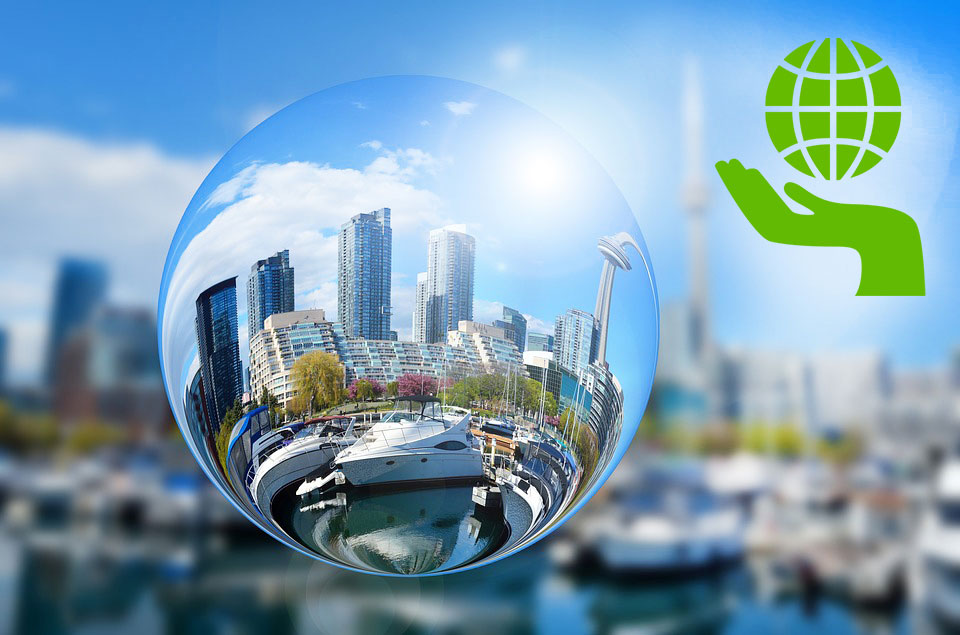
Canadians have been becoming more environmentally conscious in recent years. They have been making decisions more and more with the effects on the planet in mind. One of the most immediately impactful industries is the waste management industry. Today there are many different options for handling junk removal. In Toronto people are beginning to choose their options based on environmental concerns, and junk removal companies are adapting to this fact.
These junk removal companies are highly systemized with dedicated staff. They follow strict policies that are put together by both the government and company. Workers accurately and carefully sort the junk that has been removed from homes, offices, or commercial buildings. Separation of junk into proper categories is a fundamental step to this process. This ensures that as much as possible is recycled or reused, and that any harmful materials are properly handled.
Recycling isn’t the only way to reduce landfill waste. Composting has been rapidly growing in popularity. Anything biodegradable can be composted to not only keep it out of the landfill, but to produce useful products. The compost is used in fields and gardens to provide a rich soil for growing new plants. Waste must be carefully sorted to ensure that the compost remains free of foreign debris and hazardous materials.
Appliances like refrigerators are some of the most common items handled by junk removal companies. It’s important to make sure that the company is a certified and eco-friendly junk removal service. These companies know how to properly handle appliances, which often contain various components and hazardous materials. Many junk removal companies in Toronto can properly dispose of items and appliances, as they cautiously separate all items they process.
Read more: How Eco-Friendly, Sustainable Junk Removal Companies are Helping Clean Up Toronto
What to Do When You Have Clothes to Recycle in Toronto – a Growing Waste Concern
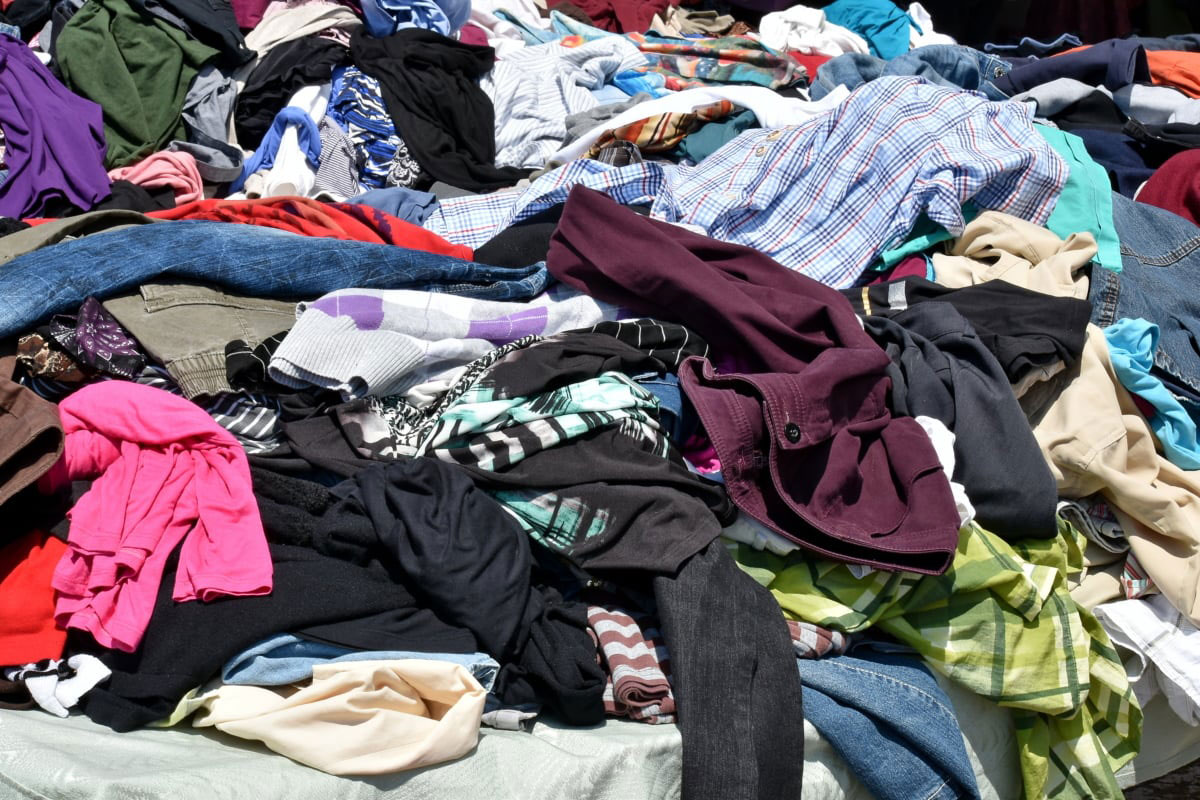
Clothing waste. Of all Toronto’s waste, clothing and textiles make up about 5% of it every year. Millions of pounds of it are sent to landfills every year. In fact, on a per-capita basis, we send a surprisingly high amount of clothing that could otherwise find alternative use.
Clothing consumption in Toronto
We buy 3 times the amount of clothes today as we did in the 1980s. We live in a strong consumer culture where consumption is king. In terms of waste, this isn’t a good thing as it means more clothing’s getting tossed out. Clothing’s become cheap, easy to buy, and so instead of sewing, repairing, or recycling our clothes in some way, it’s become so much simpler to toss it in a dumpster, waste bin, or to put it out at the road.
Reducing the clothes you buy and wear
There are many ways to cut down on clothing waste in Toronto, including to focus on reduction rather than recycling. If we choose to buy higher quality materials and clothes, they last longer. This saves you money and saves waste. No more of these cheap Walmart t-shirts. They don’t last! Another approach to take is to buy second-hand clothing from a Value Village or similar thrift store.
Repairing the clothes you want to throw out
Why do you want to throw out your clothing? Can it be repaired in some way? There are 1000s of YouTube tutorials and probably millions of blogs out there sharing insights on how to repair clothing, how to sew a button, how to fix a ripped seam, and more. DIY it up. If you’re talking a favourite dress, favourite coat, or your comfiest sweater, repairing it is worth the time, effort, or cost. On top of that, you’ll further reduce your clothing waste.
Read more: What to Do When You Have Clothes to Recycle in Toronto – a Growing Waste Concern
What Happens to Your Trash Once You Take It to the Road and It Gets Picked Up – see here!
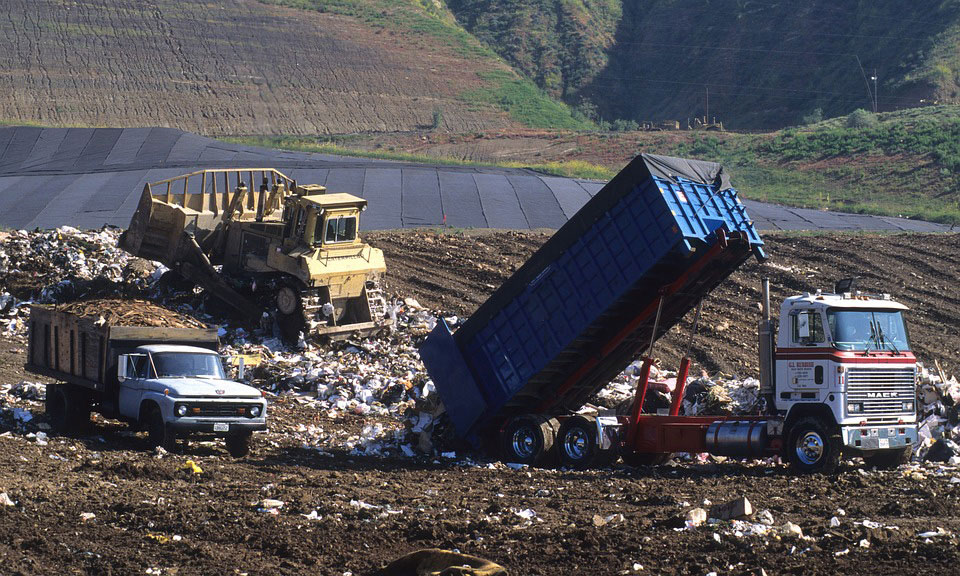
Once you take your garbage to the curb, have you given any thought to what happens to it next? You may be surprised to know how extensive the processing of waste is, to attempt to increase waste diversion, recycle what can be recycled, and ensure only what’s appropriate or suitable is going into our landfills.
After the garbage truck picks up your trash
So the garbage man comes by and picks up your bins, dumping them into the back of a compactor truck. The waste is pressed down into tis most compact form. The dump and landfill sites one may expect a truck to lug the waste to are located far outside the city. Before anything arrives there, waste is brought to a processing facility. These waste management facilities are recognized as ‘transfer stations’. Compacted masses are dropped off by the truckload here.
What happens to waste at the transfer station?
After the waste is there, heavy equipment is used to transfer these heavy packs to 18-wheelers. These trucks then will carry the waste to their desired destination, which is usually to be either buried or burned. The transfer stations themselves are carefully located, to accommodate the ugly smells and noise that come from them. Because they are privately owned a lot of the time, companies who dump waste at the often pay a weight-based fee to do so.
Read more: What Happens to Your Trash Once You Take It to the Road and It Gets Picked Up – see here!
A New Type of Bioplastic Made From Fish Waste Could One Day Replace Non-Biodegradables
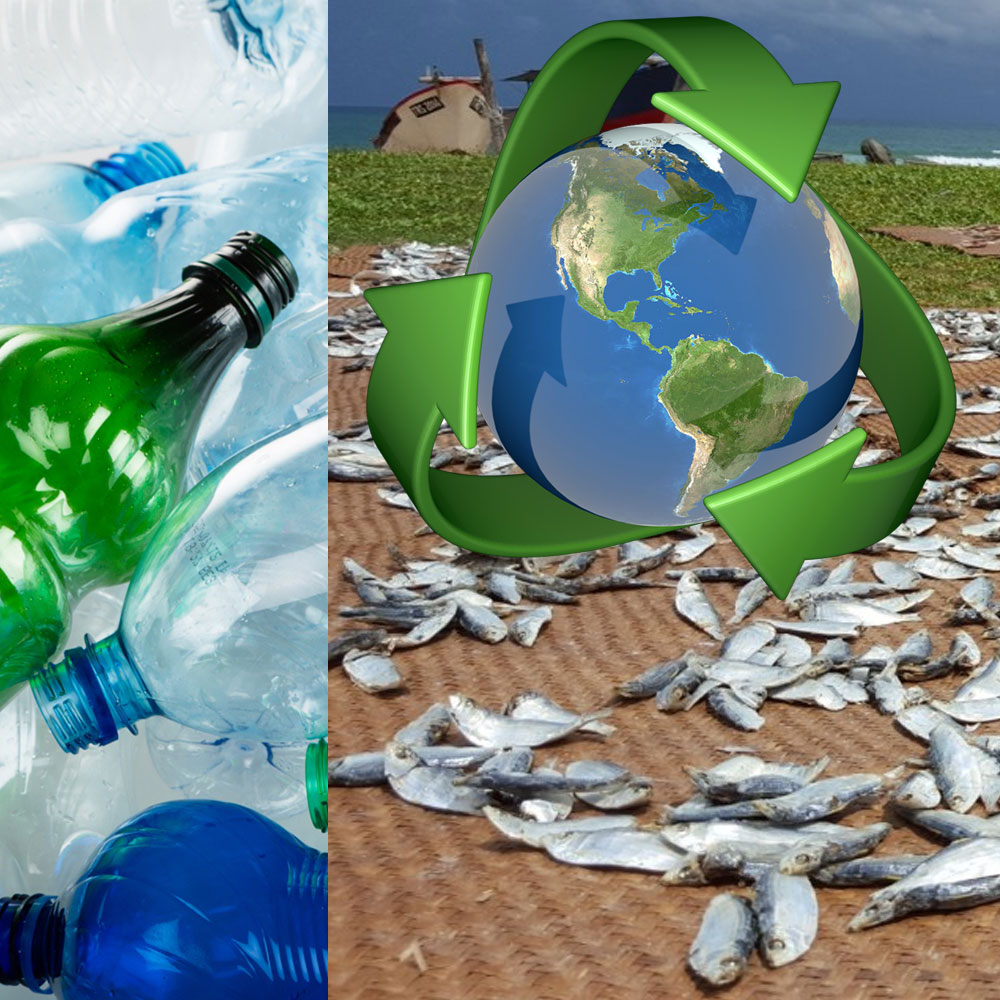
It looks and feels like plastic. But it’s stronger. Completely biodegradable, you can throw it out alongside food scraps and don’t have to worry about it filling landfills or polluting the environment. The best part is that it’s all made from organic fish waste. What we’re talking about is a type of bioplastic.
What are bioplastics?
Bioplastics take a renewable, biodegradable source material and turn it into something resembling plastic. Think of it as a sort of imitation plastic, just like imitation meat has become to the food industry. Through bioplastics, we pollute less and provide the world with eco-friendly recyclable plastic waste that doesn’t contribute to the increasing lack of landfill space we have recyclable plastic waste.
Bioplastics made from fish waste
The bioplastic we are talking about here is made from organic fish waste – waste that would otherwise end up in a landfill. To a degree, this has resolved two problems. The second being the inefficient ways in which we deal with fish waste. The result of all this work done by a student at the University of Sussex in the UK is what she’s called MarinaTex. Able to break down in soil in 4-6 weeks, this is a groundbreaking discovery.
How are bioplastics made?
MarinaTex uses red algae to bind proteins extracted from fish skins and scales. This creates overlapping bonds in a flexible sheet material. As mentioned, it looks and feels exactly like plastic. Most people wouldn’t know the difference. Testing bioplastics for performance has also seen MarinaTex scoring higher above plastics in being stronger, safer, and more sustainable.
Read more: A New Type of Bioplastic Made From Fish Waste Could One Day Replace Non-Biodegradables
Toronto Demolition FAQ, Answering All Your Questions About How We Do It
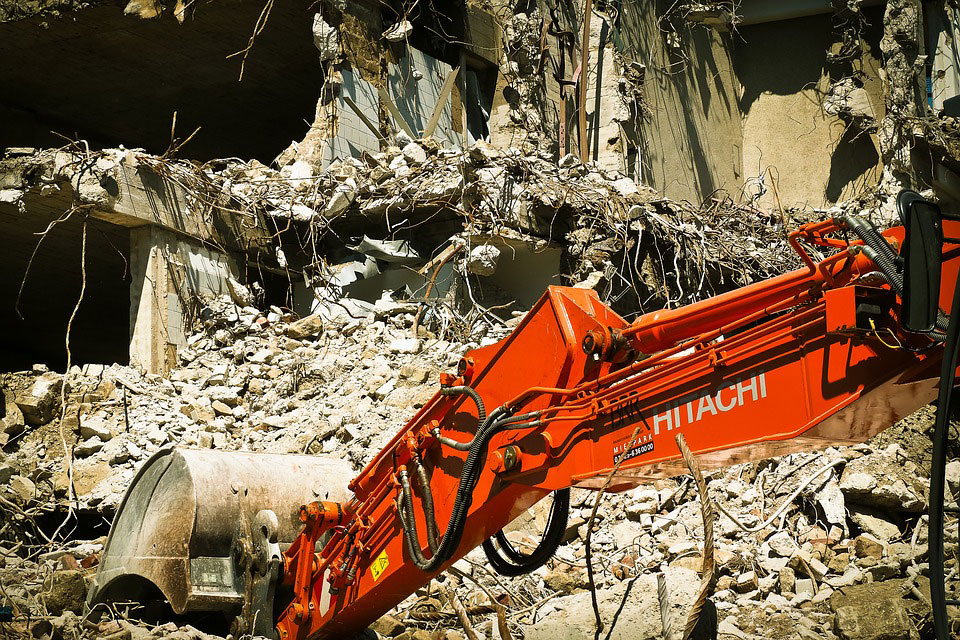
Demolition in Toronto involves a complex set of tasks and planning, tackling a structure’s dismantlement. In demolition, there are site clearance processes, salvage and recycling processes, recovery standards, and environmental remediation to consider. Highly sophisticated, there’s a lot of questions that can come up about demolition. Here’s some of the most common question we receive about what is demolition and how it works.
What is deconstruction?
Deconstruction is an environmentally friendly but labour-intensive demolition technique that maximizes what can be done with the materials created. Deconstruction is to collect recyclable materials, without causing harm. It usually requires extensive hand demolition and sorting to prepare a structure for an eco-friendly demolition like this.
Are explosives used every time?
No, explosives are only used when deemed appropriate to help implode a structure. For these projects, explosives factor in as a very minor part of the total demolition. To use explosives, a Toronto demolition expert must have in-depth knowledge of the nature of structure, site preparation, and clearance work.
Is demolition regulated?
Yes, demolition is one of the most heavily regulated construction industry sectors in Canada. Because they most commonly work with structures damaged by fire, weather, or a structural deficiency, demolition usually requires review and approval from local authorities. A contractor must also possess the knowledge to handle hazardous or toxic materials, and be aware of all relevant health and safety expectations.
Read more: Toronto Demolition FAQ, Answering All Your Questions About How We Do It
How Much Does Renting a Dumpster Cost and What Size Do I Need – read here!
https://www.garbagebinrentals.ca/services/excavation-services.html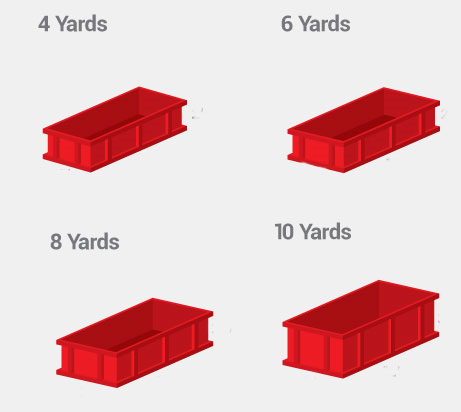
When you rent a dumpster in Toronto, you may find several companies willing to rent to you at different price points. The quality of the dumpster, quality of the service, size of the bin, and a variety of elements factor into what you’re going to pay. Here’s a quick breakdown around influential factors on renting a dumpster.
Why to rent a dumpster
There are many reasons to rent a dumpster, including if you’re doing a home clean, a renovation or remodelling, doing a construction, or performing some sort of storm damage recovery. When you rent a dumpster in Toronto, it’s an easy way to dispose of debris and waste. The company takes care of drop-off and pick-up, and the only expense on you is cost.
Flat rates v. variable rates
Like in many other industries, there are flat rates and variable rates. Flat rates help you to find out what the final cost may be. Variable rates are somewhat less predictable however if you’re uncertain about how much of a bin you may be using or if you’ve chosen the right size, some dumpster mini bin rental companies offering a variable rate may prove to be more advantageous.
What rental period you need
A huge factor on cost is how long you will need the bin for. There are per-day rates, just like there are per-week and per-month. Prices for a small dumpster for a one-day rental can be $25/day although this is extremely low. For a larger dumpster, it can be $300/day.
Prices per week can be up to $620 weekly while when discussing monthly rates, you may be looking at $2,000 for a large dumpster. That said, you want to consult with a dumpster rental service.
Read more: How Much Does Renting a Dumpster Cost and What Size Do I Need – read here!
How Anyone Can Compost in Toronto – Saving Landfill Space and Reducing Waste
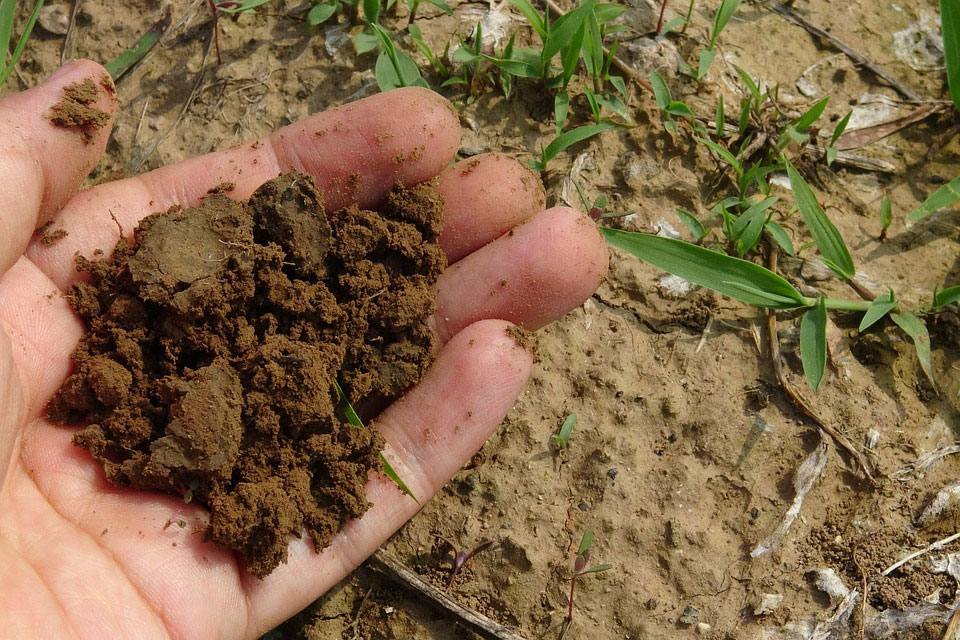
Food waste isn’t waste at all. In fact, it’s all organic. Any sort of food scraps or organic related waste can be separated and recycled either in a composting facility or in someone’s own compost bin.
In Toronto, as of 2015, organic waste made up 40% of the garbage sent to our Ontario landfills. When there, they create greenhouse gas. Unfortunately, organic food scraps like this can’t be thrown in with recycling because they will contaminate otherwise recyclable materials. So they are a bit of a different sort of recyclable.
In Toronto, you can compost easy. As long as you have a dedicated composting station and space – which admittedly not all Torontonians have – anyone any compost. Before we get into how to compost in Toronto, it’s important to remember what’s compostable. Almost any biodegradable materials can be composed. A quick short list of what materials you can include in your compost bin includes dairy products, egg shells, fruits and vegetable scraps, meats or bones, noodles, rice, grains, bread, empty cereal boxes, paper bags, parchment paper, cardboard, pizza boxes, newspaper, used paper dishes as long as they don’t have plastic coatings, leaves, grass clippings, flowers, and plants.
Read more: How Anyone Can Compost in Toronto – Saving Landfill Space and Reducing Waste
How to Recycle Home Appliances and Kitchen Appliances in Toronto or the GTA

Recycling appliances from our home and kitchen in Toronto is easy, if you know where to look. More options exist today than ever before to keep unwanted or broken appliances from an Ontario landfill. Numerous programs exist, providing residents at least a few different options on where to take appliances large and small to have them recycled.
What are considered small appliances?
Small appliances, according to recycling definitions in Toronto, include food processors, electric blenders, toasters, slow cookers, rice cookers, mini-ovens, coffee makers, and small fridges. Evidently, small appliances are a lot easier to move and transport. If your appliance still works, some may choose to sell it on Kijiji, Craigslist, or through classifieds on Facebook. There’s also means of donating these to a local charity such as the Salvation Army.
What are considered large appliances?
Large appliances are obviously a little harder to handle and disposing of them can be tough to recycle or dispose of. Large appliances include water tanks, heaters, laundry machines, barbecues or grills, fridges, computer towers, detached fireplaces, microwaves, dishwashers, ovens, and air conditioners. There are some appliance refurbishing retailers who may accept large home appliances for recycling. Anything that still works and which has been gently used oftentimes can be donated to the Salvation Army or Habitat for Humanity. A donation to an organization like these will get the appliance off your hands while raising money for a good cause.
Read more: How to Recycle Home Appliances and Kitchen Appliances in Toronto or the GTA
A Step by Step Guide to Winterizing Your Yard and Garden, Before October Ends

Is this your first winter as a new homeowner in Toronto? It’s time to winterize your yard. Come October, the weather’s going to start taking a turn from warmth to something a little colder. Toronto’s first snowfall can come quick and freezing temperatures will mean your yard’s more difficult to work with. Before encountering these issues, here’s a way to get your yard ready for winter.
Hoses
Before you get going on the more time-consuming winter readying tasks, disconnect hoses from exterior taps. Ensure all water drains and then, coil your hose prior to storing it. Water left inside a hose can freeze and damage it. Alternatively, leaving it outside is just asking for damage. Any item connected to the hose – such as a water timer – should also be disconnected.
Garden cleaning
Take a good look at your garden. How to prepare a garden for winter is relatively simple. All a gardener has to do is clean up any dead plants, pull out bulbs or anything you want to keep for next year, and create the sort of empty, clear garden you want for the spring. It goes without saying but yards and gardens can look like a mess when the snow starts to melt, if a homeowner hasn’t properly cleaned up.
Clean gutters
Gutters should be cleaned before every winter. As the leaves come down in fall and with the summer rains, and everything else that comes with gutters, things accumulate. Before the snow and ice begins packing your gutters, cleaning them out ensures an easy way for winter melts to drain away.
Read more: A Step by Step Guide to Winterizing Your Yard and Garden, Before October Ends
6 Soil Types and the Different Plants Perfect for Each
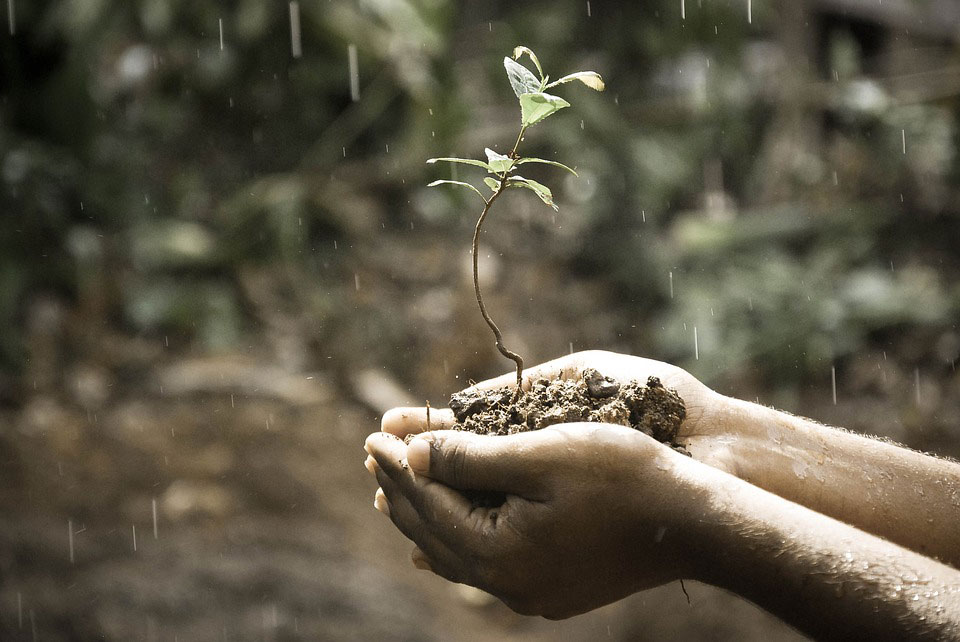
There are a multitude of different soil types, each with a different purpose to a garden and customized to boast the growth of specific groups of vegetation. If you’re growing a garden, it becomes important to know which soil’s best for what you expect to grow. Here’s the most common soil types and the plants associated to each.
Chalky soil
Chalky soil is larger grained and stonier. This effect makes drainage very easily done, compared to some of the other soil types in Canada. Chalky soil is alkaline which means fertilizers and balancing the pH is needed to prevent stunted plant growth. Some gardeners even will use a hummus to help improve water retention and soil workability.
Silty soil
Silty soil is an easy soil to cultivate in, holds moisture well, and is packed with a lot of nutrients. Its’ biggest drawback is that organic matter and compost are usually needed to help improve its weak points, such as drainage, soil structure, and holding nutrients long-term. Silty soil is recommended for shrubs, grasses, and perennials.
Sandy soil
Sandy soil is gritty, drains easy, and is an easy soil to cultivate plants in. Sandy soil warms quickly however holds less nutrients than some other soils available for purchase. This is only because rainfall washes away nutrients with relative ease. For this reason, sandy soil will require organic additions and ongoing maintenance through fertilizer. Some mulching can also help it retain moisture.
Read more: 6 Soil Types and the Different Plants Perfect for Each
What Are the 5 Most Difficult Materials to Recycle in Toronto – See the List
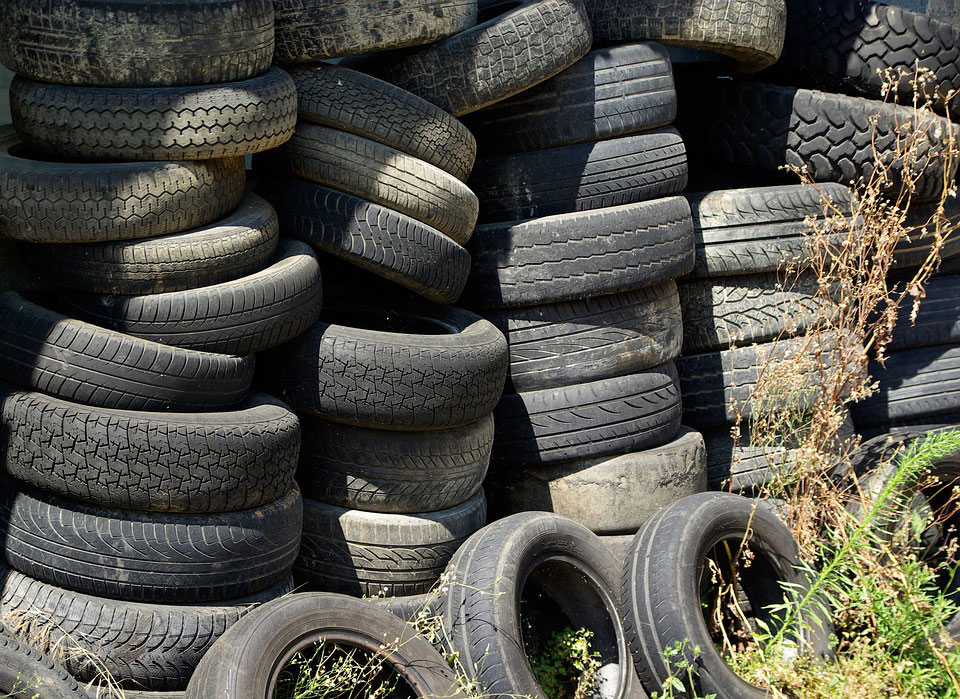
When it’s filling up a recycling box and leaving it at the side of the road, recycling’s so easy. Unfortunately, not everything recyclable fits neatly into a box and some normally recyclable materials may not even be accepted in a city’s recycling program. Suddenly, recycling gets overly complex and confusing, especially if you’ve recently moved to Toronto.
There’s a short list of recyclable items that aren’t the easiest to recycle in Toronto, due to size constraints, difficulty in arranging pick-up, or a lack of recycling facilities to begin with. For each, we’ve highlighted a solution to making the most of having these waste materials. Just because you have one of these, don’t be discouraged. There’s almost always a way to recycle!
Paint
Paint is not a waste product you can leave at the road. If you have old paint in the garage, look for depots or recycling facilities in Toronto that process hazardous materials. There are several locations across the GTA ready to accept such materials.
Mattresses
One of the worst things we see at the end of the road are mattresses. They’re difficult to recycle due to their many components and the likelihood that they could have bed bugs. Especially in Toronto, mattress recycling isn’t really a thing. That said, if you are sure yours is clean, post an ad on Craigslist, Kijiji, Facebook Classifieds, or somewhere else. See if you can give it to someone in need. We can almost guarantee that in a city like Toronto, with over 100,000 people moving all over any given season, someone will take your mattress.
Read more: What Are the 5 Most Difficult Materials to Recycle in Toronto – See the List
See the Experts at Turning Trash into Treasure in South Africa – They’re Called ‘the Reclaimers’
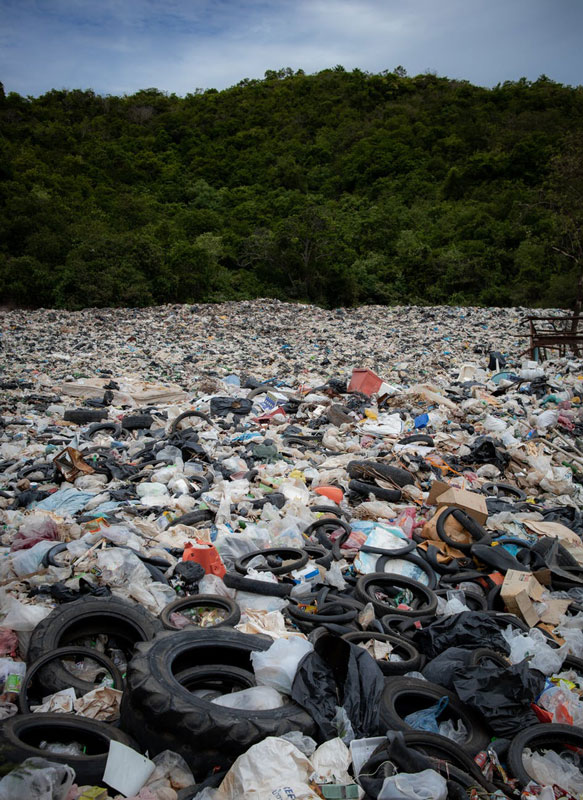
In South Africa, there’s a recycling-friendly group that’s making a living for themselves off gathering and reusing waste in creative ways. They’re known as ‘the Reclaimers’.
Every morning, before 4:30 am, these reclaimers head out and examine the waste at the front road. Before the garbage trucks have a chance to collect the waste, workers in this group go digging for anything they can reuse. Empty drink containers, old cooking instruments, and even white paper. In Johannesburg, there are more than 9,000 people doing this, collecting and eventually selling these materials and others.
The reclaimers of South Africa are an important part of the country’s economy, which is underdeveloped in comparison with waste management and recycling in countries like Canada. Estimates suggest that reclaimers collect and recycle 90% of the country’s post-consumer packaging and paper. In doing this, they save local municipal governments roughly CAD $53 million a year.
The average person doing this collect up to 200 kg of waste a day. Considering there are some 9,000 people doing this, this equates to roughly 2 million tons of products that never have to go into a landfill and which are recycled in some way.
